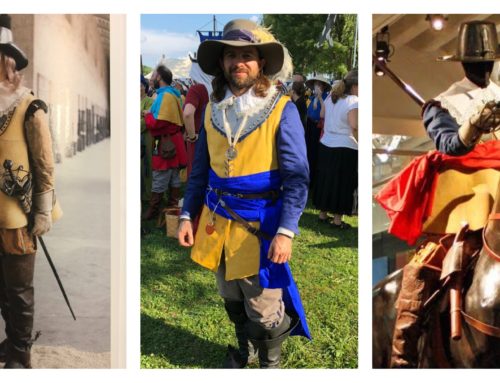In the SCA I have a French cavalier persona. I also started the Carolingian Caliver Company, a baronial fencing unit here in the Boston-area of the East Kingdom.
This has become humorously problematic as the number one mistake/mix up I run into with my fellow SCAdians is that they call the “Carolingian Calivers” the “Carolingian Cavaliers.” The mix up is understandable, though I sometimes wonder if people think I’m misspelling my fencing unit’s name when I write “Calivers.”
Regardless, I figure I’d do a quick post to explain the difference between the two. Most people I run into know what a cavalier is, but are fuzzy about what a caliver is.
But because just because they’re spelled similarly, they’re very different things.
What is a cavalier?
The term cavalier is most closely tied to the English Civil Wars. Those who sided with King Charles were known as cavaliers. It was meant as a derogatory term, but the Royalists adopted it with open arms.
More generally, a cavalier is a cavalryman. In the 17th Century their dress included wide brim hats with large, ostentatious plumes, fancy doublets with slashes in the body and sleeve to show off the rich lining or shirt underneath, wide bucket top boots with “butterfly” spur leathers and spurs, and, of course, a long rapier or a broadsword at the side. They were also trained in horsemanship and are sometimes viewed as knights of the early-modern period. Cavalier is close to chevalier, which is the French word for knight (horse in French is cheval). In Spain they would’ve been called caballero.
Clothing wise, think of your stereotypical French Royal Musketeer.
The word cavalier is also closely tied with the personality of being boastful and carefree, hence having a “cavalier attitude” about something that should be taken seriously. Shakespeare used the word cavaleros to describe an overbearing swashbuckler or swaggering gallant (source). In Henry IV, Part 2 there’s the line: “I’ll drink to Master Bardolph, and to all the cavaleros about London.” (source)
What is a caliver?
A caliver is a type of light infantry firearm. It’s what you get if you cross a matchlock musket with an harquebus.
The word caliver appears a bunch in Jacob de Gheyn’s manual Exercise of armes for calivres, muskettes, and pikes, (1608). In fact, the entire first chapter “Shot” is dedicated to the proper loading, firing and carrying of calivers. Like the harquebus, the caliver could be fired without a resting fork, making it less cumbersome to handle and load. It made it more mobile. It also didn’t have the punch or range of a musket.
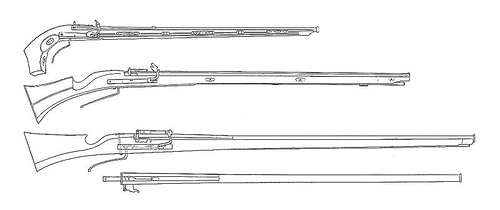
Relative sizes of harquebuses, calivers and muskets (source)
Calivers had smoothbore barrels, a total average length of about 52″, weighted under 10lbs, and it had a calibre of approximately .76 to .80. Period calivers are predicted to have a firing range of about 360 – 400 yards (source), though accurate range would be much lower. Instead of a powder bandolier (common among musketeers), calivermen carried their powder in a leather device or tongue attached to the belt, which held a curved powder flask, a small priming flask and a bullet pouch (source).

Replica, Matchlock Caliver- Suhl ca. 1610 (source)
The caliver didn’t last long in terms of popularity, as more generals preferred the matchlock musket, but they were around even during the Thirty Years War. Why waste a perfectly good firearm because it wasn’t in vogue, amiright?
The Carolingian Caliver Company
It’s this light infantry firearm that was the inspiration of the Carolingian Caliver Company. After being shot by an rubber band gun (RBG) pistol, I decided it would be fun to make others feel as worthless on the field. We even designed our own RBG “calivers”, though the final shape isn’t super accurate to period designs.
In our defense, we had to crank out 12 calivers and blunderbusses in one weekend. Perhaps one day we’ll make period accurate calivers. But for now, these babies will do.
Learn more about the difference of an harquebus, caliver and musket here.


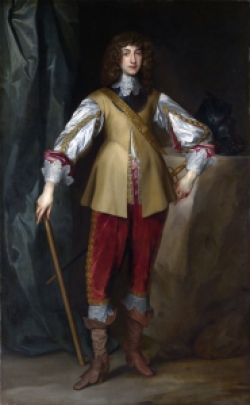
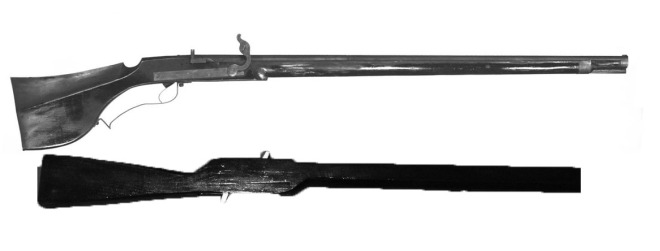
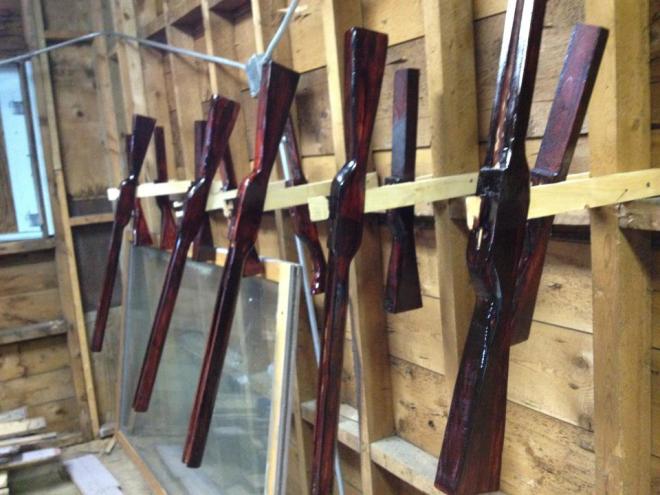

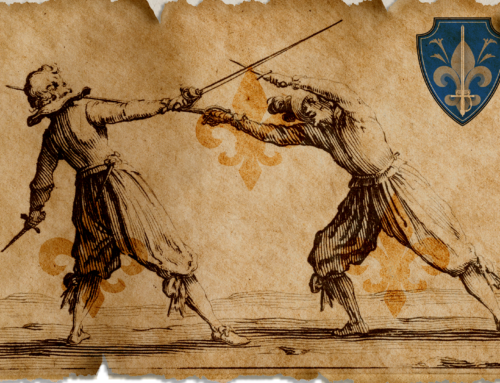
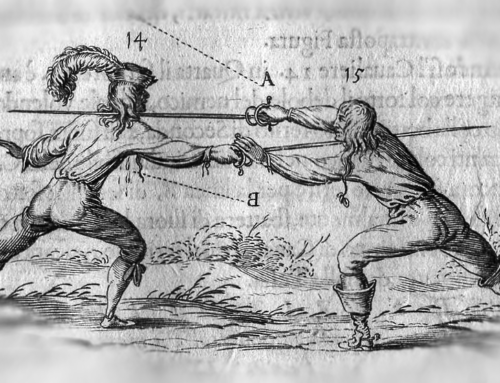
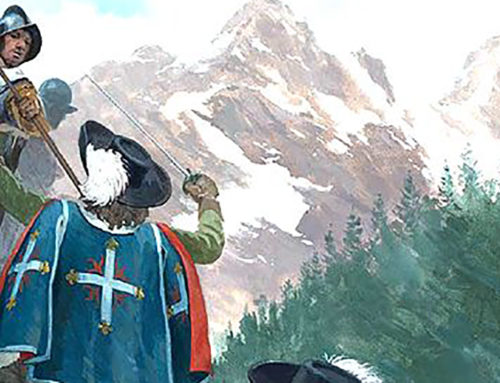
![So What Did The King’s Musketeers’ Uniforms Look Like? [1622-1660]](https://justinswordfit.com/wp-content/uploads/2018/08/russia-threemusketeers-500x383.png)
